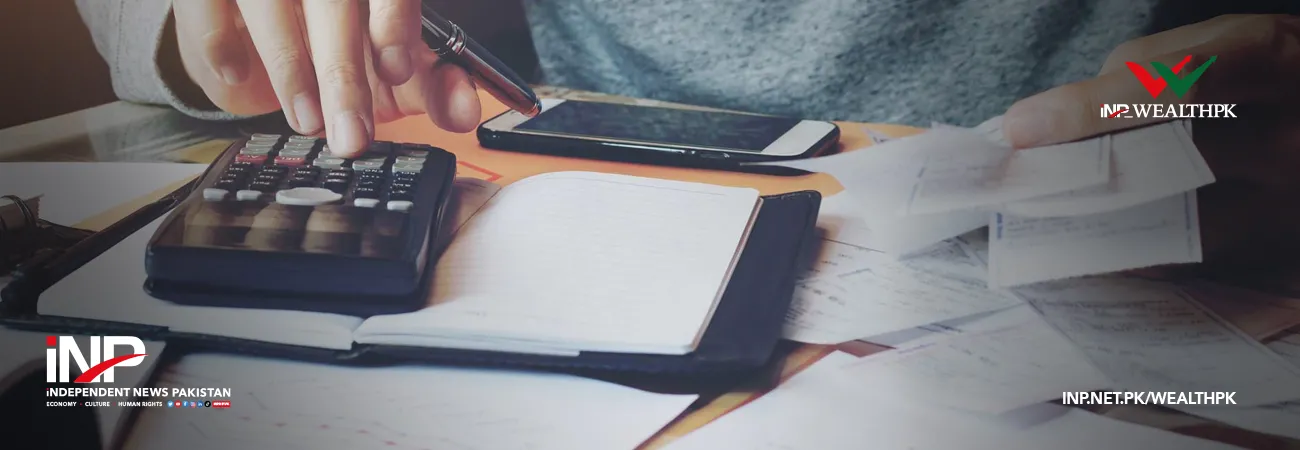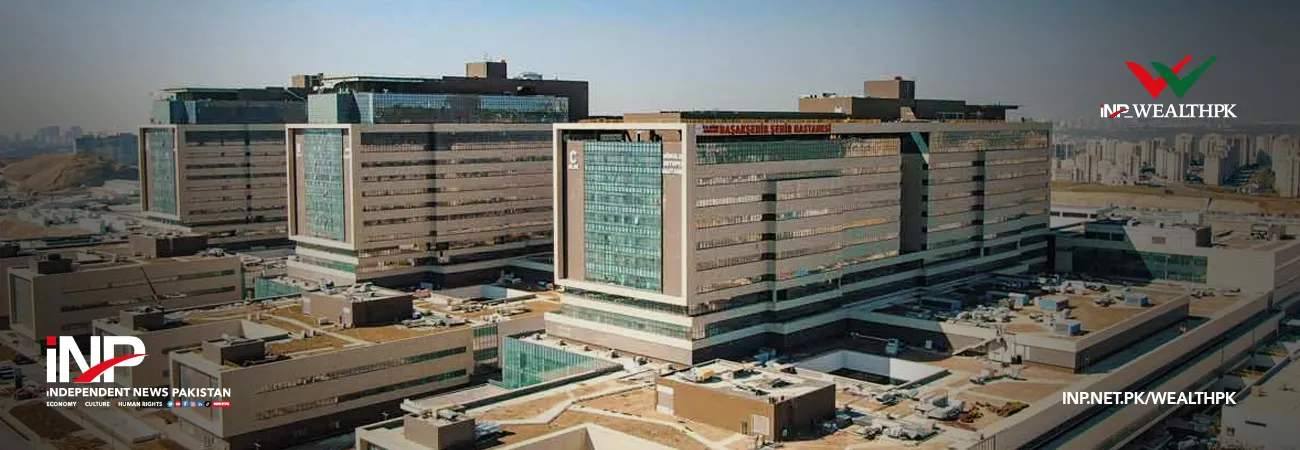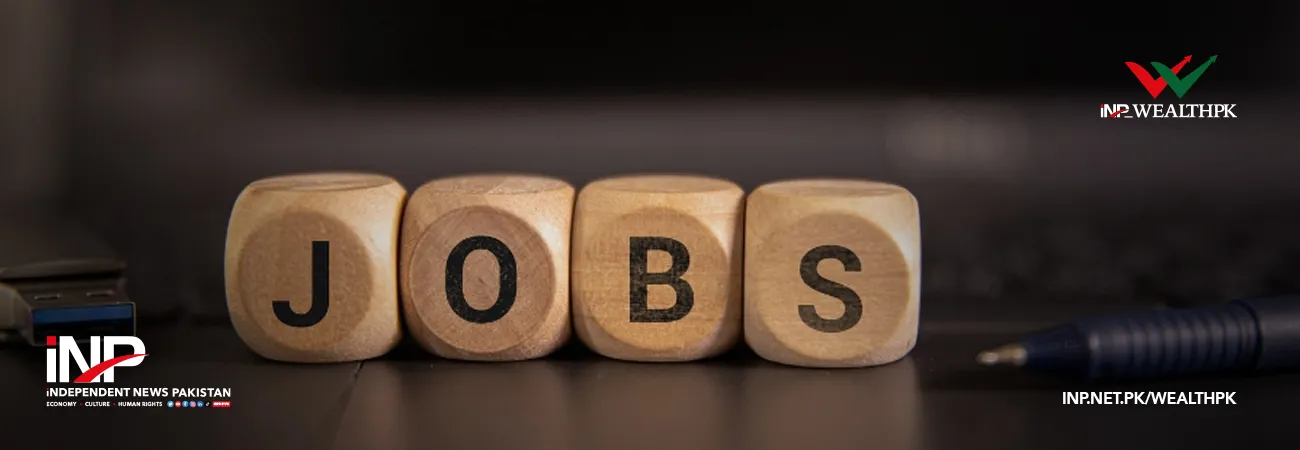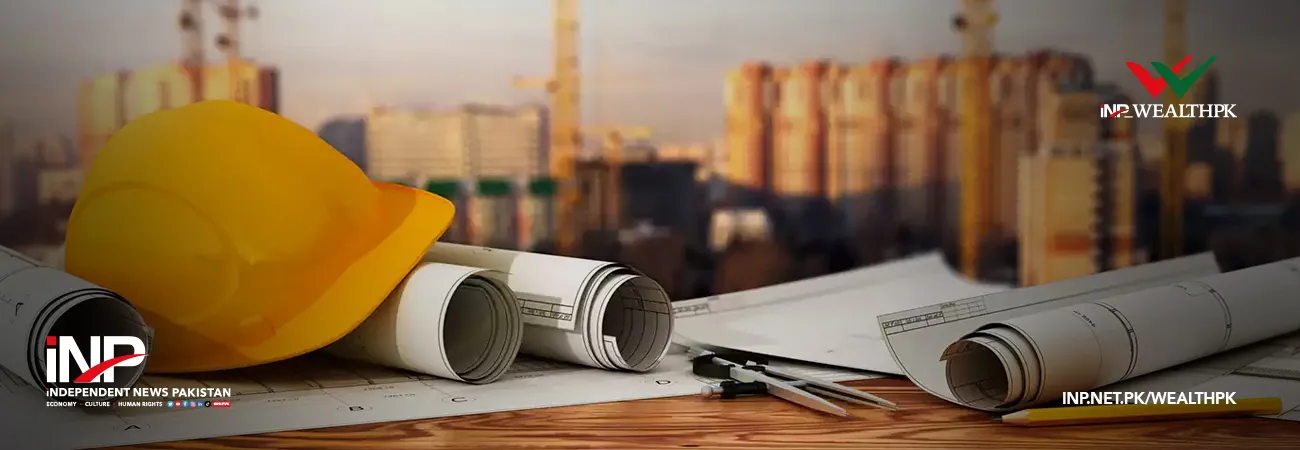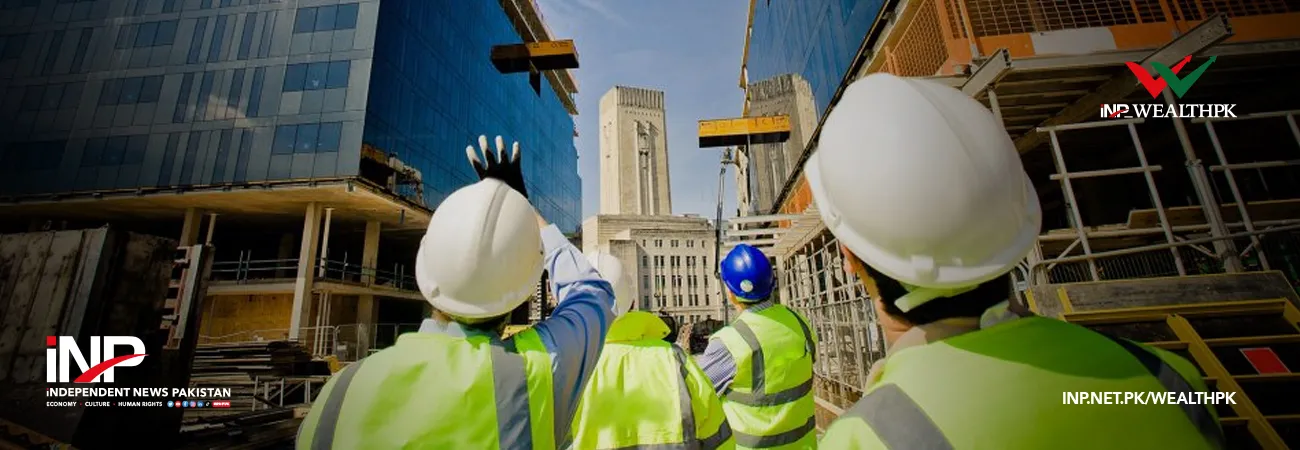INP-WealthPk
By Hamid Mahmood
ISLAMABAD, Feb. 22 (INP-WealthPK): The Belt and Road Initiative (BRI) has transformed the globe in many ways, creating partnerships with and possibilities for the host countries.
 The BRI is an enduring transcontinental policy and investment initiative aiming at enhancing infrastructure and increasing economic integration among countries along the ancient Silk Route.
With the consent of the China State Council, different ministries unveiled a formal framework for BRI on March 28, 2015.
Under the BRI, a total of 206 cooperation documents have been signed with 140 nations and 32 international organisations as of June 23, 2021.
Under Beijing's landmark infrastructure initiative, more than 1,000 projects are underway with investments of hundreds of billions of dollars.
Labelling it as the “project of the century”, Chinese President Xi Jinping said that the Belt and Road should be built into “a road of peace, prosperity, opening up, innovation and connecting different civilizations.” He also described it as “a new option for other countries and nations who want to speed up their development while maintaining their independence”.
China, as the world's largest developing economy, shares its experience with countries in order to help lift hundreds of millions of people out of poverty. While the Western development model has traditionally prioritised “software” investments and reforming policies and institutions, Beijing has proposed a model that prioritises “hardware” investments to alleviate infrastructure bottlenecks, attract private capital, and promote sustainable and equitable economic growth.
Eight Years of CPEC
The multi-billion-dollar China-Pakistan Economic Corridor (CPEC), which is the flagship project of BRI, is a network of infrastructure projects that began in 2013.
President Xi and then Pakistani Prime Minister Nawaz Sharif had unveiled the $46 billion CPEC initiative, which is the most determined initiative in any BRI beneficiary country.
Beijing hopes to help build new transportation and infrastructure initiatives across the Pakistan, boosting the country’s economy and setting an example for other BRI countries to follow.
With a number of high-profile projects in the pipeline, CPEC has quickly risen to $62 billion in pledges. Gwadar Port has emerged as CPEC's jewel in the crown, located at the mouth of the Strait of Hormuz in the Arabian Sea. It is being developed as a modern port serving as a free trade zone.
The CPEC Authority, which works under the Ministry of Planning, Development and Special Initiatives, has released a list of projects that have either been completed, in the process of completion, or in the pipeline.
According to the tally, there are total 95 projects, 23 of them have been completed and the rest are at various stages of development. Of the total 21 power projects, 10 have been completed, six are under construction and five are under consideration. Of the total 24 projects of transportation and infrastructure, five have been completed, six are under construction and 13 are in the pipeline. Of the 14 Gwadar projects, three have been completed, seven are under construction and four are in the pipeline. Of the nine projects of special economic zones (SEZs), four are under construction and five are in the pipeline. Of the total 27 social sector development projects, five have been completed, 12 are under construction and 10 are in the pipeline.
When launched, detractors of the mega project had declared it will not last longer than six years, but due to the commitment the two countries have shown to its sustainability, this game-changer endeavour is destined to last for an indefinite period. It is here to improve Pakistan's macroeconomic indicators and help the country address structural issues in the power and energy sectors.
The CPEC is destined to further Pakistan's larger economic goals, including attracting foreign direct investment, enhancing agricultural production and resilience, and diversifying the country’s exports.
The BRI is an enduring transcontinental policy and investment initiative aiming at enhancing infrastructure and increasing economic integration among countries along the ancient Silk Route.
With the consent of the China State Council, different ministries unveiled a formal framework for BRI on March 28, 2015.
Under the BRI, a total of 206 cooperation documents have been signed with 140 nations and 32 international organisations as of June 23, 2021.
Under Beijing's landmark infrastructure initiative, more than 1,000 projects are underway with investments of hundreds of billions of dollars.
Labelling it as the “project of the century”, Chinese President Xi Jinping said that the Belt and Road should be built into “a road of peace, prosperity, opening up, innovation and connecting different civilizations.” He also described it as “a new option for other countries and nations who want to speed up their development while maintaining their independence”.
China, as the world's largest developing economy, shares its experience with countries in order to help lift hundreds of millions of people out of poverty. While the Western development model has traditionally prioritised “software” investments and reforming policies and institutions, Beijing has proposed a model that prioritises “hardware” investments to alleviate infrastructure bottlenecks, attract private capital, and promote sustainable and equitable economic growth.
Eight Years of CPEC
The multi-billion-dollar China-Pakistan Economic Corridor (CPEC), which is the flagship project of BRI, is a network of infrastructure projects that began in 2013.
President Xi and then Pakistani Prime Minister Nawaz Sharif had unveiled the $46 billion CPEC initiative, which is the most determined initiative in any BRI beneficiary country.
Beijing hopes to help build new transportation and infrastructure initiatives across the Pakistan, boosting the country’s economy and setting an example for other BRI countries to follow.
With a number of high-profile projects in the pipeline, CPEC has quickly risen to $62 billion in pledges. Gwadar Port has emerged as CPEC's jewel in the crown, located at the mouth of the Strait of Hormuz in the Arabian Sea. It is being developed as a modern port serving as a free trade zone.
The CPEC Authority, which works under the Ministry of Planning, Development and Special Initiatives, has released a list of projects that have either been completed, in the process of completion, or in the pipeline.
According to the tally, there are total 95 projects, 23 of them have been completed and the rest are at various stages of development. Of the total 21 power projects, 10 have been completed, six are under construction and five are under consideration. Of the total 24 projects of transportation and infrastructure, five have been completed, six are under construction and 13 are in the pipeline. Of the 14 Gwadar projects, three have been completed, seven are under construction and four are in the pipeline. Of the nine projects of special economic zones (SEZs), four are under construction and five are in the pipeline. Of the total 27 social sector development projects, five have been completed, 12 are under construction and 10 are in the pipeline.
When launched, detractors of the mega project had declared it will not last longer than six years, but due to the commitment the two countries have shown to its sustainability, this game-changer endeavour is destined to last for an indefinite period. It is here to improve Pakistan's macroeconomic indicators and help the country address structural issues in the power and energy sectors.
The CPEC is destined to further Pakistan's larger economic goals, including attracting foreign direct investment, enhancing agricultural production and resilience, and diversifying the country’s exports.






